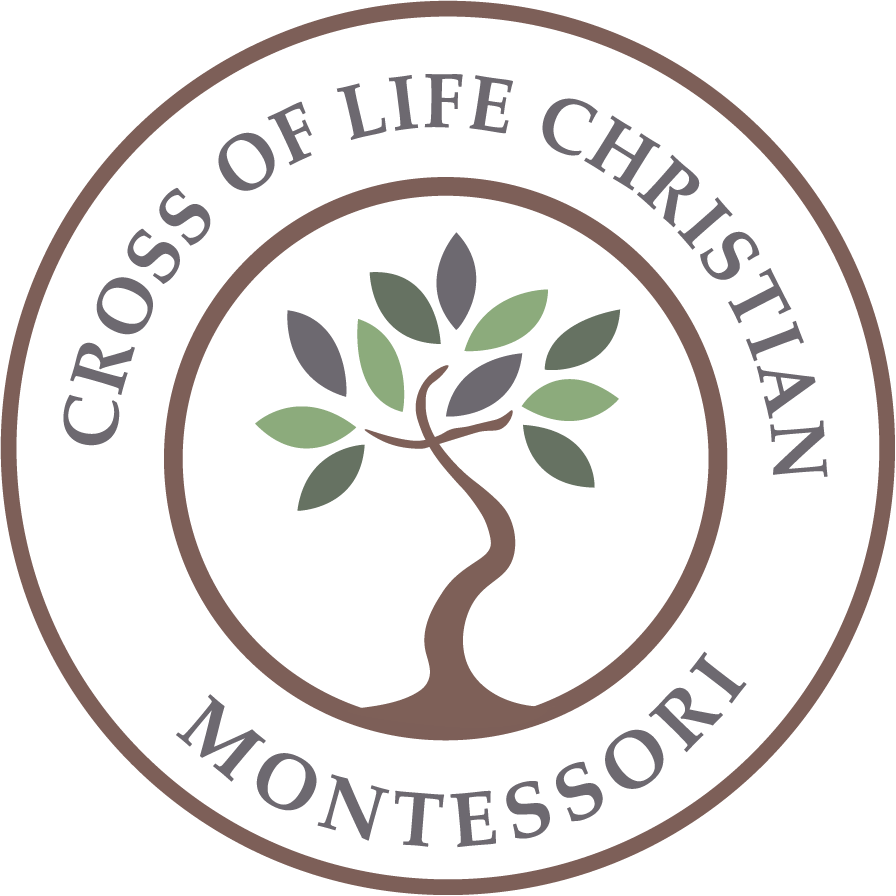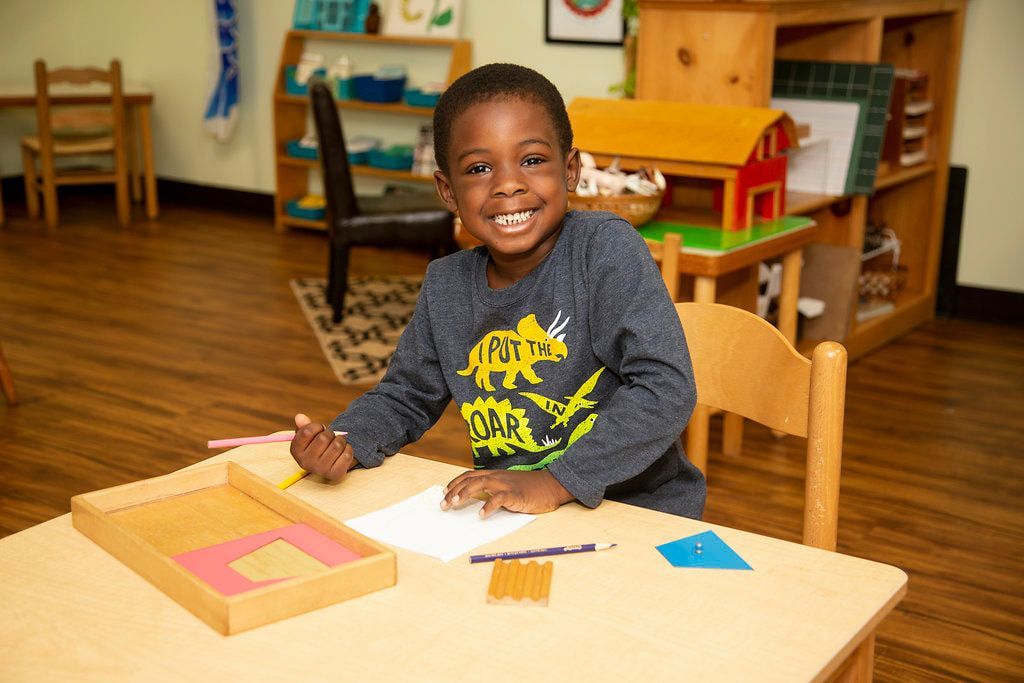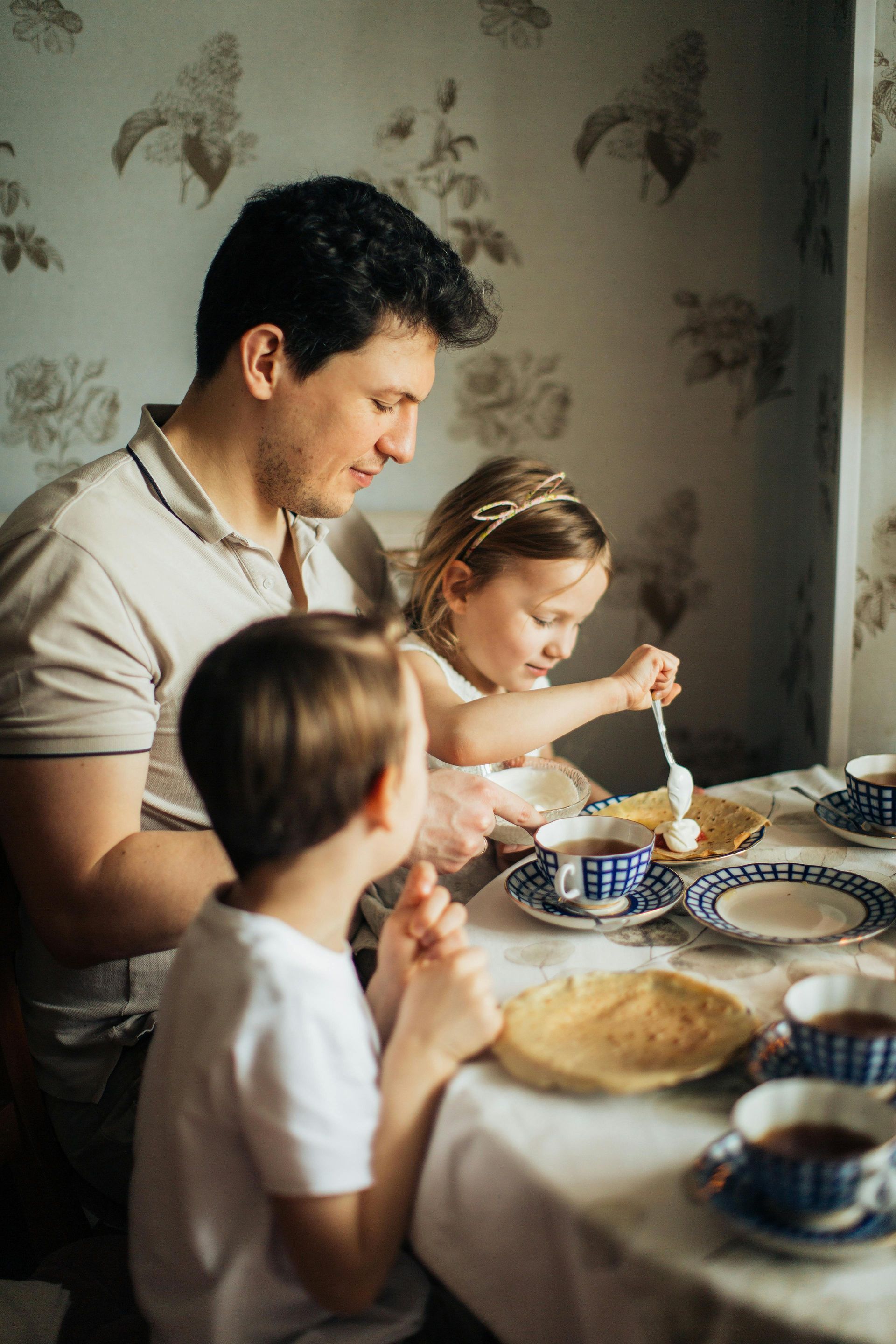By Elizabeth Horgan, PhD
•
May 8, 2025
It’s no secret that little ones often have intensely big feelings. We’ve all witnessed an emotional outburst common during the “terrible twos” and “threenager” years. Watching your toddler melt into a puddle of sobs can be incredibly frustrating if you don’t understand the root cause. Luckily, there are some clear explanations for what is happening in your child’s brain and concrete strategies you can use to help children learn to regulate their emotions. While they may seem dramatic, young children’s emotional storms are not a sign of bad behavior. These outbursts express an overwhelmed nervous system and a plea for connection. They are not giving you a hard time, they are having a hard time. Children are not born with the ability to recognize, express, manage, and respond to their emotions. It is entirely learned. As toddlers begin to experience and express bigger feelings, they still lack the impulse control to manage these emotions. Through a strategy called co-regulation , you can help your child both find their calm in the moment and develop their emotional regulation skills for future success. Co-regulation is when a calm and responsive adult provides the necessary emotional support to help a dysregulated child work through their big feelings. While children are in the first plane of development (ages 0-6), they are constructing their emotional world but can’t yet handle big feelings on their own. Through co-regulation, adults can offer a compassionate presence to help children understand their emotions and feel safe when overwhelming feelings threaten to take over. Co-regulation teaches children the skills for emotional regulation through presence and modeling by using a soothing voice, gentle touch, and eye contact to show a child that they are not alone. The way we respond to children’s emotional needs creates a framework for learning to regulate their feelings. Your calm and regulated emotions are the determining factor for your child’s healthy emotional development . Children borrow their sense of calm and safety from the adults around them. Keeping your cool can feel much easier said than done during a wild toddler tantrum. But to teach children to regulate their emotions, we must first be able to regulate our own . Children are not responsible for the emotions of adults. While children’s behavior may feel triggering, it is the adult's responsibility to regulate their feelings about and reactions to the situation . Children need reliably calm caregivers who can help guide them through their feelings. The goal here is to reinforce your boundaries while supporting your child through the big emotions. Being emotionally supportive differs from “giving in” to a child’s tantrum. You set the rules, which do not change based on the child’s emotional reactions. In fact, changing the boundary or rule in response to your child’s big feelings may serve to increase their tantrums while decreasing their ability to regulate emotions. Tantrums are a chance to help your child regulate and connect with them. When a child is in a large emotional outburst, they are not cognitively capable of understanding reason and logic. Instead, they need a reassuring adult presence to teach them how to work through their big emotions and get to the root of the problem. Only after the emotions pass can a child start to understand explanations and corrections. This does not mean you need to permit your child to behave in unacceptable ways. It does mean that you need to help them calm their big emotions BEFORE you can move to correction and redirection based on your boundaries. The reason co-regulation is successful is largely due to mirror neurons , which are special brain cells that activate not only when we do something, but also when we see someone else do it. Think about the way a baby smiles back when you smile at them. This is an example of mirror neurons at work. Similarly, if an upset child sees an adult remaining calm in the face of a challenging situation, it activates their sense of calm. Thanks to mirror neurons, children can literally borrow their calm, both physically and emotionally, from adults. Through co-regulation, a calm adult can offer emotional support through kind words, a gentle tone of voice, and peaceful touch. Once the child begins to settle down, an adult can help the child name and explain their feelings and model healthy ways to manage the big emotions. Through many small, supportive moments of a calm adult in the face of big feelings, your child’s brain begins to self-regulate to manage their own emotions. When you meet a child’s emotional outbursts with calm, steady compassion, you provide the training necessary to rewire their brain to regulate the flood of emotions and find balance. Practical Tips for Practicing Co-Regulation: Find and Share Your Calm– Effective co-regulation is only possible if you regulate your emotions first. Your calm is the determining factor for success. But keep in mind that you aren’t failing if you regularly feel frustrated by your child’s outbursts! Take a second to settle your own nervous system before trying to help your child regulate. Try strategies like box breathing (inhale 4 seconds, hold 4 seconds, exhale 4 seconds), loosening your muscles, or repeating a calming phrase to yourself can help you center yourself. Get on Their Level- Physically lower yourself to your child’s eye level. By meeting them where they are, both physically and emotionally, you can help calm their nervous system. You can even give a simple verbal reassurance such as “I’m here with you”. Name the Feeling —Teach your children about the different emotions and how they feel by identifying what you think they are going through. For example, you could say “You’re feeling sad right now about leaving the park”, “You’re really frustrated that you can’t get that tool to work”, or “It’s okay to feel mad”. It’s important to name the feeling without judging it, using simple language that helps them understand how they feel. Connecting BEFORE Correcting– Meet the child at their emotional place, and empathetically acknowledge their feelings before offering any necessary correction for their behavior. They need to be out of the emotional storm before they can truly understand the correction. Try lovingly reinforcing your boundary while still offering connection, by saying something like “I can see that you’re really upset, but I won’t let you throw toys at me. I’ll sit here with you until you feel better”. Focus on Nonverbal Soothing– Offer open body language, soft tone of voice, eye contact, and gentle touch to help settle the child’s nervous system. Model Calming Strategies– When you’re feeling upset, use it as an opportunity to model your own process of calming yourself down when you feel big emotions or triggers. For example, “I’m feeling so frustrated right now, but I’m going to take some deep breaths to help calm my body down before deciding what to do.”








